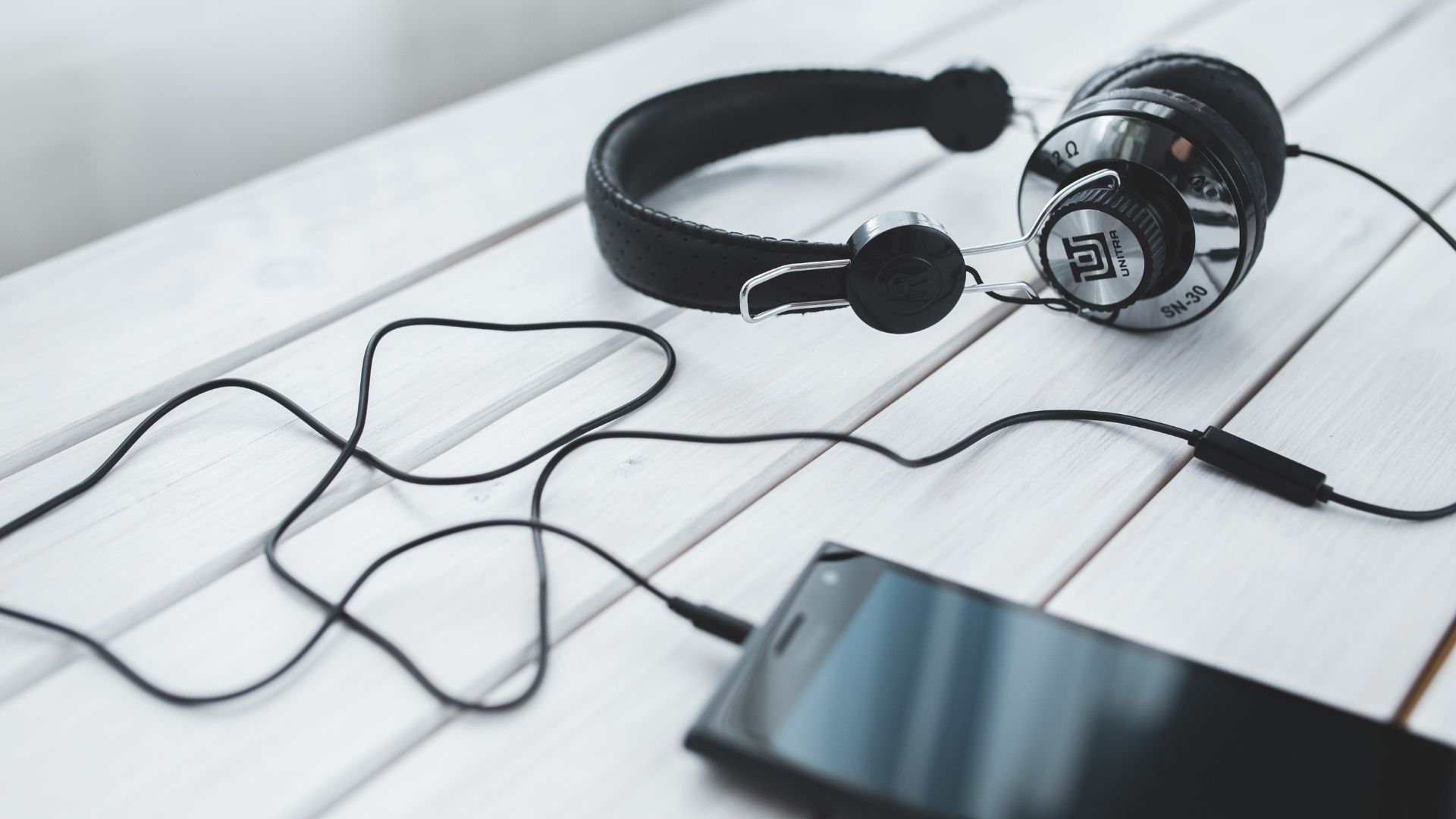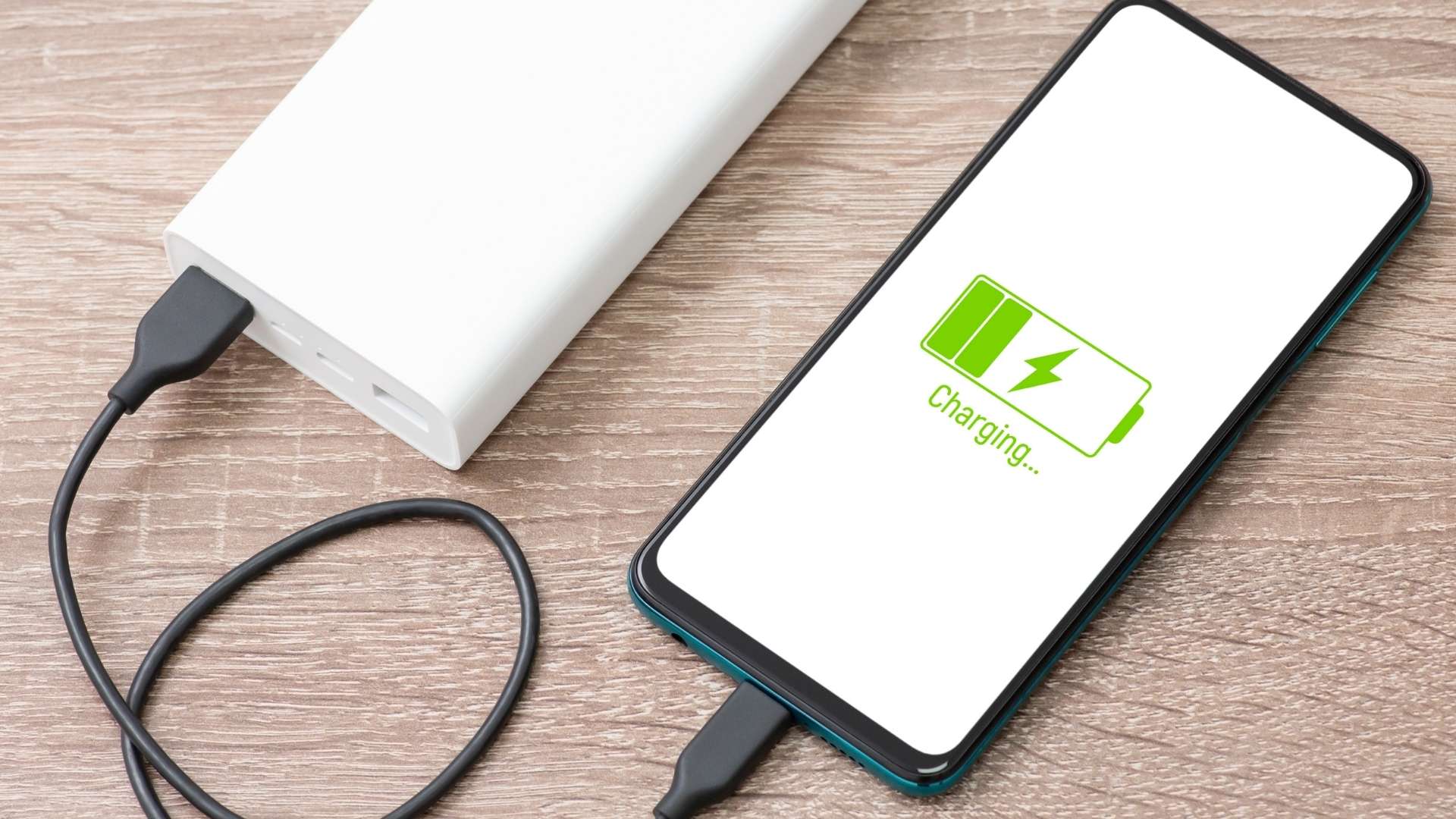If you’ve ever sat on a long flight with your phone dying, your suitcase overweight, or your data plan draining your wallet, you’ve probably thought: “There has to be an easier way to travel.”
Well, there is—and it costs less than a dinner out.
Meet the unsung hero of modern travel: the $20 travel gadget that seasoned nomads, frequent flyers, and backpackers swear by. It’s small enough to fit in your pocket, yet powerful enough to save you hundreds—sometimes even more—on every trip.
But before we spill the secret, let’s look at why travelers are finally realizing that the right tools make all the difference between a smooth, affordable trip and a frustrating, expensive one.

Why Most Travelers Waste Money Without Realizing It
Here’s a truth no airline or hotel will tell you: travelers lose money constantly, not because of bad luck—but because of bad preparation.
From overpriced airport snacks to roaming fees, from luggage surcharges to taxi scams, it’s death by a thousand cuts. You don’t even realize how much you’ve lost until you check your bank balance when you get home.
Think about it:
- You pay $50 for an overweight bag at check-in.
- You pay $10 per day for Wi-Fi because your hotel charges for it.
- You buy bottled water constantly because you don’t trust the tap.
- You pay surge prices on rideshares because your phone died before you could call one earlier.
That’s over $100 gone in just a couple of days—all from avoidable problems.
But what if one small gadget could eliminate most of those costs in one go?
The Magic of the $20 Gadget
Okay, so what’s this mysterious tool everyone’s talking about?
It’s not flashy. It’s not “influencer tech.” It’s a portable travel power bank—a compact, high-capacity charger that does far more than keep your phone alive.
Before you roll your eyes and say, “I already have one,” let’s get something straight: not all power banks are created equal.
The right one can completely change the way you travel—saving you money on everything from overpriced charging stations to missed digital tickets.
Let’s break down how a $20 gadget can save you hundreds, one situation at a time.
1. Never Pay for Charging Again
Airports have figured out that travelers will pay anything when desperate—and that includes charging. Some terminals now charge up to $5–10 per 30 minutes of access at power stations.
With your own charger, you’re not just avoiding that—you’re avoiding the anxiety of watching your phone die as your boarding pass vanishes into oblivion.
Pro tip: choose a power bank with fast charging and dual ports, so you can charge both your phone and a travel buddy’s device at the same time. (They’ll probably buy you coffee in gratitude.)
2. Skip the “Roaming Fee” Trap
Most travelers know roaming charges can be outrageous—especially in Europe or Asia. But what you might not know is that your phone burns data faster when it’s on low battery or constantly reconnecting to weak signals.
Keeping it charged keeps it connected efficiently, saving you on unnecessary data use. Combine this with an eSIM or local SIM, and suddenly you’re cutting your roaming bill in half.
And since you’re always powered up, you can keep using Google Maps or translation apps instead of getting lost and calling a cab out of desperation.
That’s easily $50–100 saved per trip right there.
3. Stop Paying for “Smart” Airline Seats
You’ve seen them—the seats with charging ports, “upgraded” USB access, and “premium power.” They cost extra, of course.
But when you’ve got your own power source, those upsells mean nothing. You can sit anywhere you like, knowing your phone, tablet, or noise-canceling headphones will last the whole flight.
That’s another $30–40 saved on unnecessary add-ons, plus the priceless comfort of not fighting for an outlet with the person next to you.
4. Never Miss a Discount Because of a Dead Device
Here’s something few travelers think about: so many travel deals are time-sensitive—flash hotel discounts, local rideshare coupons, or app-only restaurant deals.
If your device dies right when those opportunities pop up, you lose access instantly.
A reliable charger keeps your digital life alive—and that means you’re ready to pounce on every deal that comes your way. Even catching one extra promo code or flash sale could save you the cost of an entire hotel night.
5. Save on Water, Snacks, and “Emergency” Purchases
Imagine this: you’re in a new city, your phone dies, and you can’t find your hotel, maps, or even translate a street sign. You duck into a café “just for a charge”—and end up spending $15 on coffee, water, and a pastry you didn’t even want.
Multiply that by a few days of travel, and you’ve spent $50–100 on nothing but “charging breaks.”
Keep your own power supply handy, and you can skip those unnecessary pit stops. You’ll buy what you actually want—not what convenience forces on you.
6. Keep Your Digital Boarding Passes and IDs Safe
In 2025, most airlines, trains, and even museums rely heavily on digital passes. But if your battery dies in line? You’re in trouble.
Gate agents won’t wait while you scramble to recharge, and replacing lost digital passes can be costly—or impossible—without internet access.
A portable charger keeps your essential documents accessible and secure, saving you from having to rebook, repurchase, or explain your situation to security in broken French.
That’s not just money saved—it’s stress avoided.
7. Avoid Paying for New Headphones, Cameras, or Gear
Tech gear fails most often when it’s low on battery. A drained Bluetooth connection can cause syncing errors, corrupted files, or damaged batteries.
Keeping your devices consistently charged means they last longer—and perform better.
Over a few trips, that’s potentially hundreds in savings on replacing electronics that weren’t really “broken,” just underpowered.
Bonus: The Emotional Payoff
Beyond all the numbers, there’s something deeper: freedom.
You’re not tethered to airport walls, you’re not panicking when your screen dims, and you’re not forced into overpriced shops for power.
That sense of control is what frequent travelers love most. You can work, explore, and navigate confidently—knowing you’ve got backup power, anywhere in the world.
It’s the kind of independence that makes you feel like a pro traveler instead of a rookie.
What Kind of Power Bank to Look For
If you’re shopping for your own $20 miracle gadget, here’s what matters most:
- Capacity: Aim for 10,000 mAh or higher—it’ll charge your phone two or three times.
- Weight: Go for under 250 grams (roughly the weight of an apple).
- Ports: Dual USB outputs mean you can charge multiple devices at once.
- Compatibility: Make sure it works with your phone type (USB-C or Lightning).
- Airline-Friendly: Under 27,000 mAh ensures it’s TSA-approved for carry-ons.
That’s it. You don’t need fancy solar panels or built-in flashlights—just reliability and capacity.

The $20 That Pays for Itself 10 Times Over
Think of it like this:
If your charger prevents just one hotel Wi-Fi purchase, one airport snack binge, and one airline seat upgrade, you’ve already saved over $100.
And unlike other “travel hacks,” this one’s tangible. It doesn’t rely on timing, websites, or loopholes—just preparation.
You can literally feel the savings every time you plug in.
The Bottom Line: Small Tools, Big Wins
Travel doesn’t have to be expensive—it’s just that most people don’t think about the little leaks in their budget until it’s too late.
This $20 gadget won’t book you cheaper flights or upgrade your hotel room, but it will stop your money from silently slipping away through everyday inconveniences.
It’s the kind of thing that separates the occasional tourist from the seasoned traveler: being proactive, not reactive.
So next time you pack, skip the overpriced “travel essentials” aisle at the airport. Grab your compact charger, toss it in your bag, and smile the next time you see someone paying $7 to plug in at a gate.
Because you’ll know what the pros know: sometimes the smartest investment in travel isn’t luxury—it’s power.
- The $20 Travel Gadget That’ll Save You Hundreds on Your Next Trip - October 18, 2025
- The Great Cheese War: Why One Tiny French Village Still Hates Its Neighbor Over a Single Recipe - October 18, 2025
- This Isn’t a Beach… It’s a Major European Capital Where Office Workers Go Nude in the Park at Lunch - October 18, 2025




